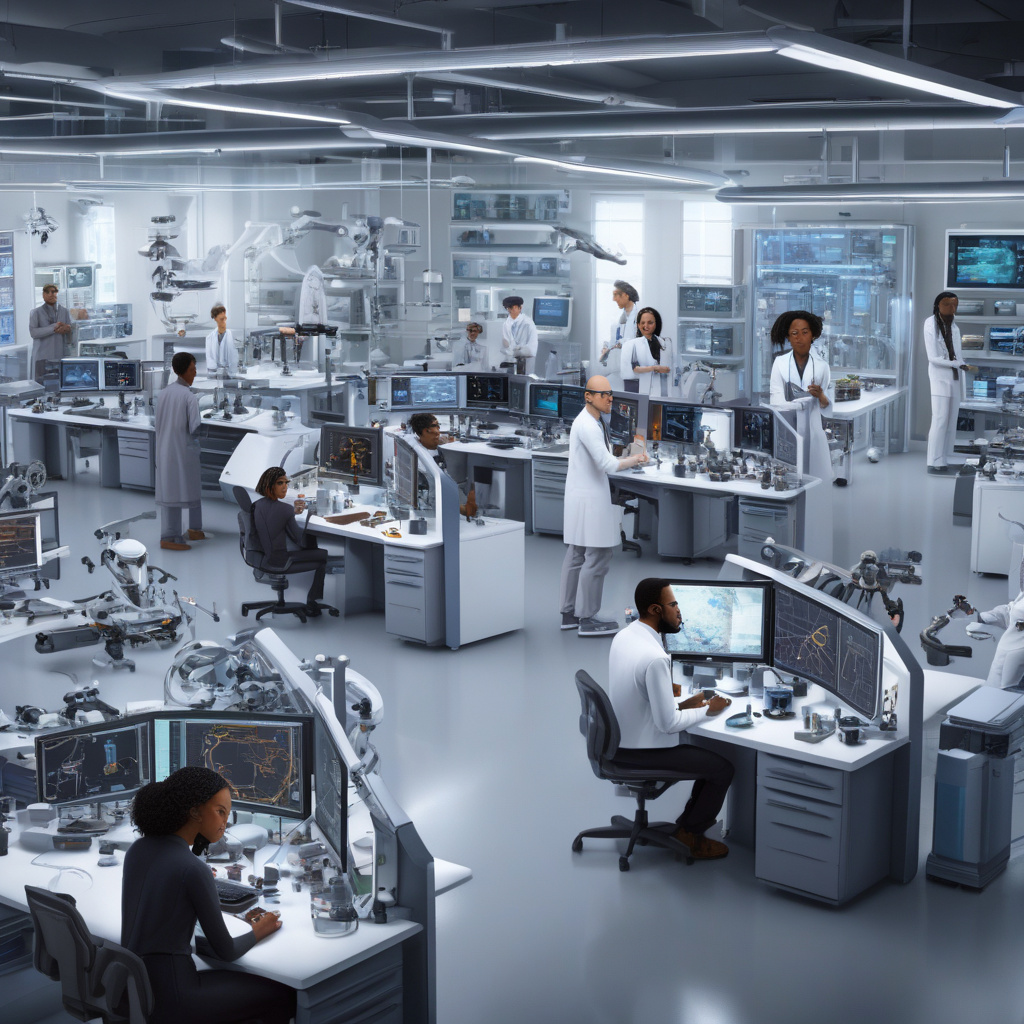How Scientists Are Using AI to Teach Drones to Program Themselves
In the realm of technological advancements, the marriage between artificial intelligence (AI) and drones has paved the way for groundbreaking innovations. One such innovation comes from Professor Peter Burke, whose AI-powered drone is revolutionizing the way drones are programmed. By generating its command center mid-flight, this technology drastically reduces build time and decreases the reliance on human programming.
Traditional drone programming involves intricate coding and meticulous planning before each flight. However, Professor Burke’s AI-powered drone takes a different approach. Through machine learning algorithms, the drone is equipped with the ability to analyze its surroundings, make decisions in real-time, and adapt its flight path accordingly. This level of autonomy not only streamlines the programming process but also enhances the drone’s efficiency and responsiveness.
The key to this innovation lies in the drone’s AI algorithm, which continuously learns and evolves based on its interactions with the environment. By collecting and analyzing data during flight, the drone can improve its decision-making processes over time, ultimately becoming more adept at navigating complex scenarios autonomously.
One of the most significant advantages of this AI-powered drone is its ability to generate a command center mid-flight. This means that rather than relying on pre-set commands determined by human programmers, the drone can assess its surroundings and make split-second decisions to optimize its flight path. As a result, the drone can navigate unpredictable environments with ease, making it ideal for tasks that require quick thinking and adaptability.
Moreover, the reduced build time associated with this technology is a game-changer for drone development. With traditional programming methods, a significant amount of time is spent writing and debugging code before a drone can take flight. In contrast, Professor Burke’s AI-powered drone can be deployed much more quickly, allowing for rapid testing and implementation of new features.
Beyond its applications in the field of drones, this technology has the potential to revolutionize various industries that rely on autonomous systems. From delivery services to search and rescue missions, AI-powered drones offer a level of efficiency and flexibility that is unparalleled by traditional programming methods.
As we look to the future, the collaboration between AI and drones is poised to drive innovation and transform the way we approach autonomous systems. Professor Peter Burke’s pioneering work serves as a testament to the immense possibilities that arise when we harness the power of AI in conjunction with cutting-edge technology.
In conclusion, the integration of AI into drone technology represents a significant leap forward in the field of autonomous systems. By enabling drones to program themselves mid-flight, Professor Burke’s innovation has the potential to revolutionize industries and pave the way for a new era of efficiency and adaptability in autonomous systems.
#AI, #Drones, #AutonomousSystems, #Innovation, #TechnologyRevolution
